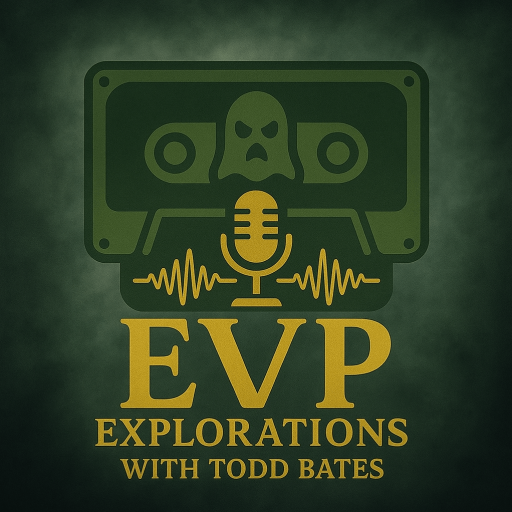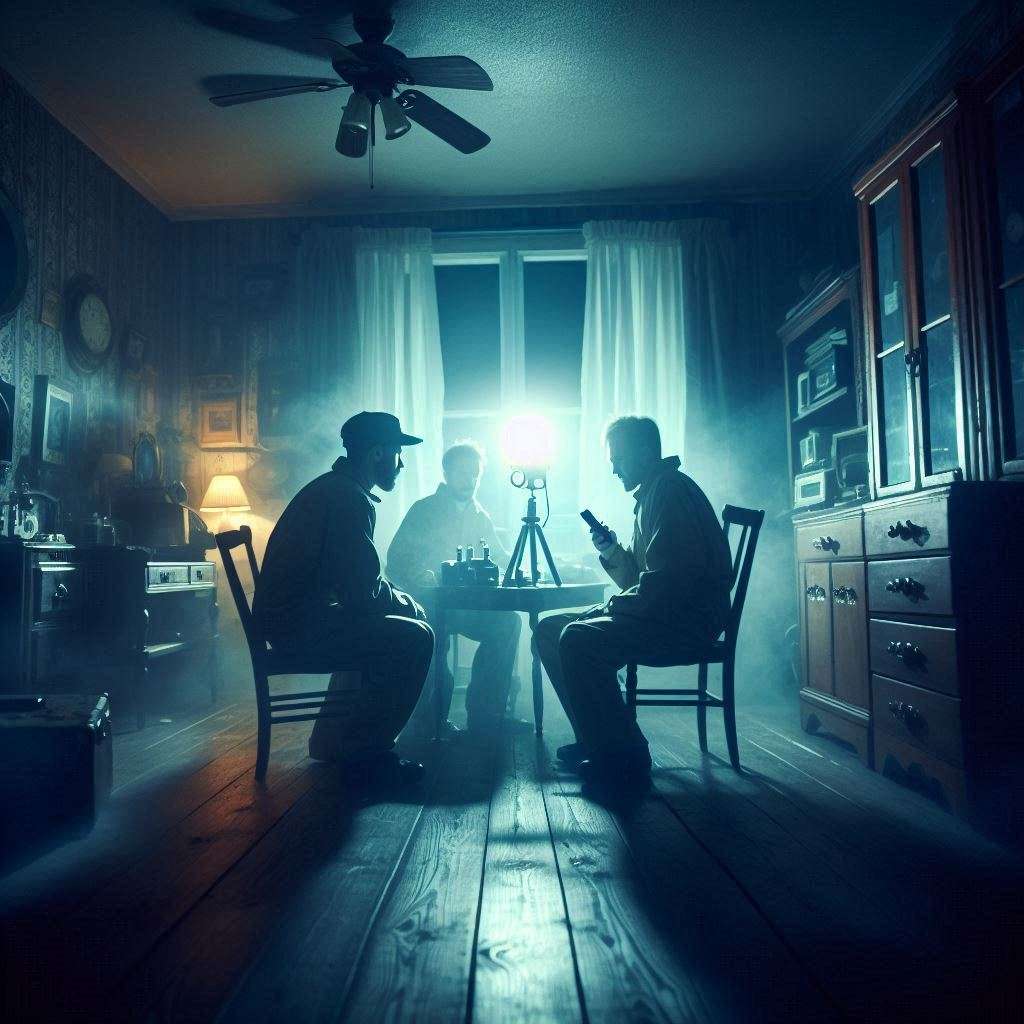Can the Living Leave Residual Energy that Becomes an EVP? A Balanced Debate
Electronic Voice Phenomena (EVP) have long fascinated paranormal investigators, spiritual seekers, and skeptics alike. These mysterious voices, often captured on digital or analog recording devices, are typically attributed to spirits or entities communicating from beyond. However, a compelling theory within the paranormal field suggests that some EVPs might not be from the dead at all—but rather, recordings of residual energy imprinted by the living.
Is it possible that the living, under specific emotional or energetic conditions, can leave behind “residue” that later manifests as an EVP? And if so, how could such a theory stand up to scrutiny?
This article explores both sides of the argument.
The Case For Living Residual Energy Creating EVP
1. The Concept of Residual Energy
The residual energy theory is widely accepted when discussing hauntings. According to this view, emotionally charged moments—fear, rage, trauma, joy—can become imprinted on an environment, replaying like a loop without conscious intent. This is often referred to as a “residual haunting.” Extending that logic, could a living person under stress, excitement, or intense emotion imprint energy on a space in a similar way?
Some researchers and sensitives believe that a strong enough emotional or psychic outburst could theoretically “record” into the atmosphere, architecture, or surrounding materials. This energetic residue might then be played back under the right environmental or electromagnetic conditions—resulting in an EVP.
2. Intentional Energy Projection
Certain metaphysical beliefs, such as those in Eastern mysticism and psychic theory, suggest that the human body emits a biofield or aura. If we accept that people can project energy (as seen in practices like Reiki or psychometry), then perhaps some individuals—intentionally or not—could leave an energetic impression strong enough to interact with electronics.
The idea of “thoughtforms” or “tulpas” (mental constructs that take on autonomous qualities) also feeds into this theory. Could a person’s concentrated thoughts or vocalized words, under unique conditions, leave a mark on a location that later manifests as a phantom voice?
3. Cases of Living-Origin Voices
Some paranormal investigators report instances of capturing EVPs that match the voices of living people—who were not present at the time of recording. For example, a family member’s voice may be captured whispering a message days after they left the house. While this could be explained by residual audio interference or equipment malfunction, some suggest it may be the energetic echo of a living person who once inhabited the space.
The Case Against Living Residual Energy Causing EVP
1. Lack of Empirical Evidence
Despite years of paranormal research and thousands of EVP recordings, there is no scientifically verified evidence that the living can leave behind residual energy that later manifests as a voice. Most supporting claims remain anecdotal or based on subjective experiences. No controlled experiment has yet produced repeatable EVP captures attributed to the living in a reliably measurable way.
If such a phenomenon were possible, it would need to obey the laws of physics or suggest entirely new ones—an extraordinary claim that, so far, lacks extraordinary evidence.
2. Environmental and Audio Contamination
Many supposed “living energy” EVPs could be the result of external contamination. Sounds bleed easily through walls, pipes, and even the electromagnetic spectrum. Background noise, radio interference, or even voices from nearby rooms can be unintentionally captured on sensitive recording equipment and later mistaken for EVPs.
The fact that a voice matches that of a living person does not necessarily mean they imprinted it psychically. It’s far more plausible that the voice was physically present—just not noticed at the time.
3. Psychological Projection and Confirmation Bias
The human brain is wired to recognize patterns, especially voices and faces. This predisposition, combined with expectation or desire, can lead investigators to “hear” a specific person in a garbled or ambiguous EVP. This is known as pareidolia. If an investigator believes a loved one or a known person left behind energy, they may be more inclined to interpret random sounds or background noise as a voice resembling them.
4. Theoretical and Technological Limits
Energy does not just linger in the environment unless it is stored somehow—like in a battery or a magnetic medium. For a person’s voice or emotional state to be “recorded” onto space, there would need to be a mechanism for storing and later reproducing that data. As of now, no such mechanism has been identified in either natural materials or environmental conditions.
Moreover, sound is a mechanical wave—it needs a medium to travel through and cannot exist in a vacuum or continue echoing without end. Once the energy from a sound dissipates, it’s gone.
The Middle Ground: Open Questions and Possibilities
While the theory of living residual energy remains speculative, it raises intriguing questions about consciousness, energy, and perception. Could some EVP be misunderstood artifacts of our own influence? Could extreme human emotion generate something measurable, or at least perceivable by sensitive equipment?
Though mainstream science has yet to validate these claims, many paranormal researchers argue that absence of evidence is not evidence of absence. Our understanding of consciousness and the energetic potential of the human body is still evolving.
Some investigators propose using double-blind studies, sound isolation chambers, and quantum resonance equipment to test this theory more rigorously. Until then, the idea that the living can leave behind EVPs remains an open debate—a blend of curiosity, caution, and hope.
Conclusion
The theory that living humans can create residual energy that manifests later as EVP is both provocative and deeply mysterious. On one hand, it challenges our assumptions about what EVP is and how it originates. On the other, it struggles to stand on firm scientific ground without demonstrable evidence.
As with many aspects of the paranormal, belief in this phenomenon depends on personal experience, open-minded investigation, and the willingness to question what we think we know. Whether future research will validate or debunk the idea remains to be seen—but the debate itself continues to fuel exploration, skepticism, and wonder.
Stay Connected with EVP Explorations!
Subscribe to our free newsletter for the latest updates, education, tips, investigation methods, and new articles—delivered right to your inbox.
Join today and keep exploring with us!

















